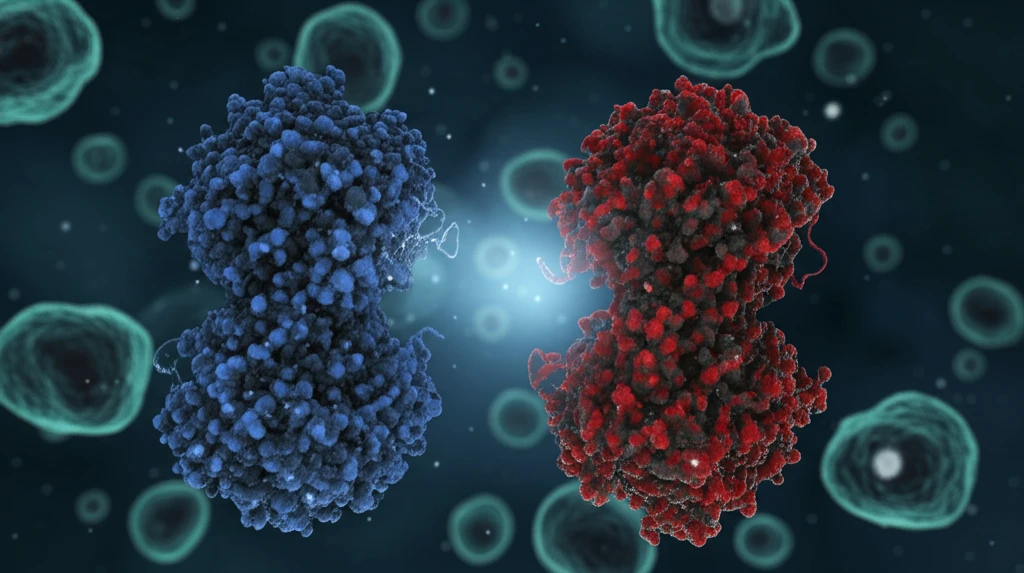
Decoding Cell Growth: How a Fungal Protein Duo Could Revolutionize Medicine
"New research unveils the intricate relationship between two key proteins in fungal cell development, offering potential breakthroughs in treating diseases from fungal infections to cancer."
Cell growth and division are fundamental processes of life, essential for development, repair, and reproduction. However, when these processes go awry, the consequences can be dire, leading to diseases like cancer and persistent infections. Understanding the intricate mechanisms that govern cell behavior is therefore paramount. Recent research has shed light on a critical interaction between two key proteins within fungal cells, offering new insights into how cell growth is regulated.
The study, focused on the fungus Aspergillus nidulans, investigates the interplay between protein kinase C (PkcA) and formin SepA, two proteins known to play vital roles in polarized cell growth. Polarized growth is a type of cell growth where new materials are added to specific locations on the cell surface, allowing the cell to develop in a directed manner. This is particularly important in fungi, which grow as long, branching filaments.
This research dives deep into the world of cellular mechanisms, and it has the potential to influence the development of new medical treatments. By understanding how PkcA and SepA interact, scientists may be able to identify weak points in fungal growth and division, opening the door for more effective antifungal drugs and potential cancer therapies.
The Dynamic Duo: PkcA and SepA

PkcA and SepA are not new to the world of cell biology. PkcA, an enzyme, acts like a master regulator, influencing various cellular processes. SepA, on the other hand, is a formin protein, crucial for building the cell's internal skeleton, primarily composed of actin filaments. These filaments are essential for maintaining cell shape, movement, and division. Think of PkcA as the architect and SepA as the construction worker; both are needed to build and maintain a healthy, functional cell.
Implications and Future Directions
This research has significant implications for our understanding of cell growth and division. By identifying the PkcA/SepA complex as a key regulator of these processes, scientists have opened up new avenues for developing targeted therapies. For example, drugs that disrupt the interaction between PkcA and SepA could be used to treat fungal infections by preventing the fungus from growing and spreading. The selective disruption of this interaction is an ideal method, as it minimizes side effects to the patient.
